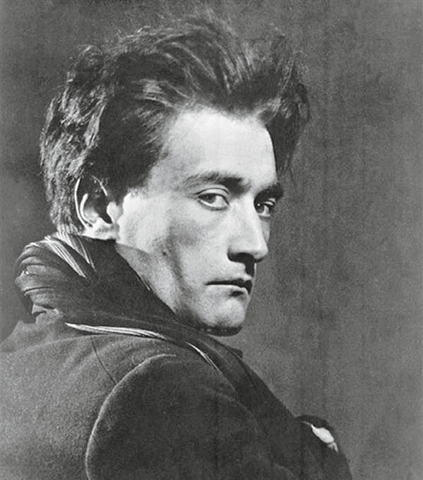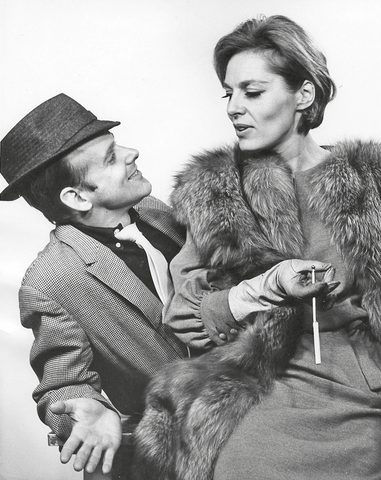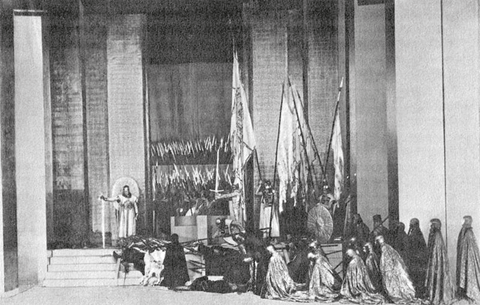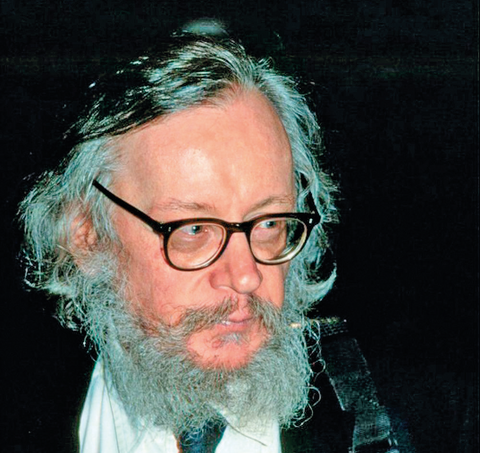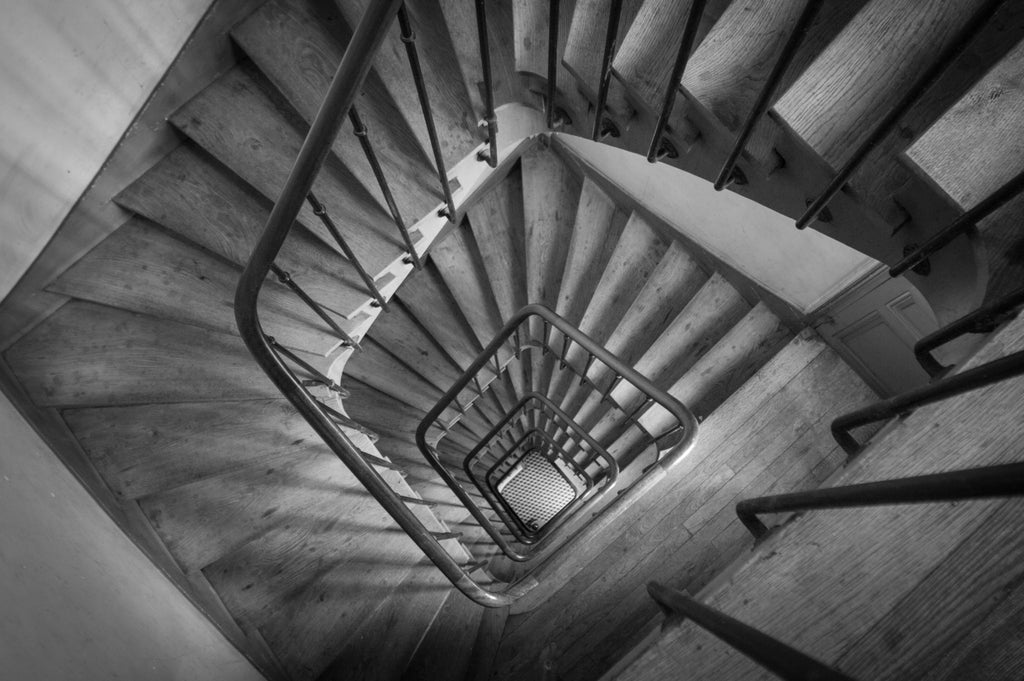
Hitchcock without a hitch?
£14.95
Alfred Hitchcock is one of the best-known directors in 20th-century cinema, a British film-maker who not only made it commercially in Hollywood, but also became a critically acclaimed world figure. Shakespeare, Dickens, Hitchcock – these are cultural ambassadors recognised by hosts of people worldwide, yet his films, in faded technicolour, with their genteel vocal tones and high-suspense, low-gore formula, must now compete in a multimedia, multi-channel environment, and as a result, many young people today are completely unfamiliar with Hitchcock and his work.
This scheme, therefore, aims to introduce Hitchcock to our student audience. With some tweaking it could be used at KS4 and even at KS5. In each lesson, I have included keywords and concepts that cross a wide ability range, so that teachers can tailor the material to individuals in their classes. For example, the idea of gallows humour or a reference to locked room mysteries might be appropriate extension prompts for the most able in a mixed ability Year 9 class. Alternatively, they might be a part of whole-class teaching for older students.
Lessons are planned to last about an hour. Your teaching space should be adaptable to include some whole-class teaching, circle time, group rehearsal areas and a performance area. Lighting or torches for which you can change the gels would be ideal. Access to a laptop and interactive board or television and DVD player are needed in order to show extracts from films.
Lessons overview
- 1 and 2: introduction to Hitchcock through Vertigo; promote enjoyment and understanding through whole-class watching and discussion
- Lesson 3: plot suspense and key vocabulary through whodunit game of wink murder. Watch extracts from Rear Window and Rope. Discuss, rank and invent key questions. Begin to mind-map key features of Hitchcock’s work
- 4: establishment of place and themes. Watch establishment scenes from Rear Window and Rope. Develop ideas through whole-class discussion and small group work for soundscapes and tableau, to establish setting in language of theatre
- 5: suspense 1 – sound and music. Whole-class listening to and commenting on Vertigo score, identifying key features, choosing/creating own group score and adding score to prior group work
- 6: suspense 2 – silence, short sharp dialogue, stillness and movement. Watch an example in Rope. Recreate own examples in pairs. Begin to devise own final performances
- 7: special effects 1 – lighting and colour. Whole-class learning and practice of phosphenes and psychedelia, and watching of extracts focusing on lighting saturation and psychedelic colour. Continued small group devising
- 8: special effects 2 – the trombone shot. Whole-class learning about the trombone shot through image analysis. Rainbow group work to experiment with ways of achieving this effect
- 9–12: devising, rehearsal and performance. Opportunity for students to apply what they have learnt in small-group devising and rehearsal, in performance and in commenting on each other’s work
Number of lessons: 12

